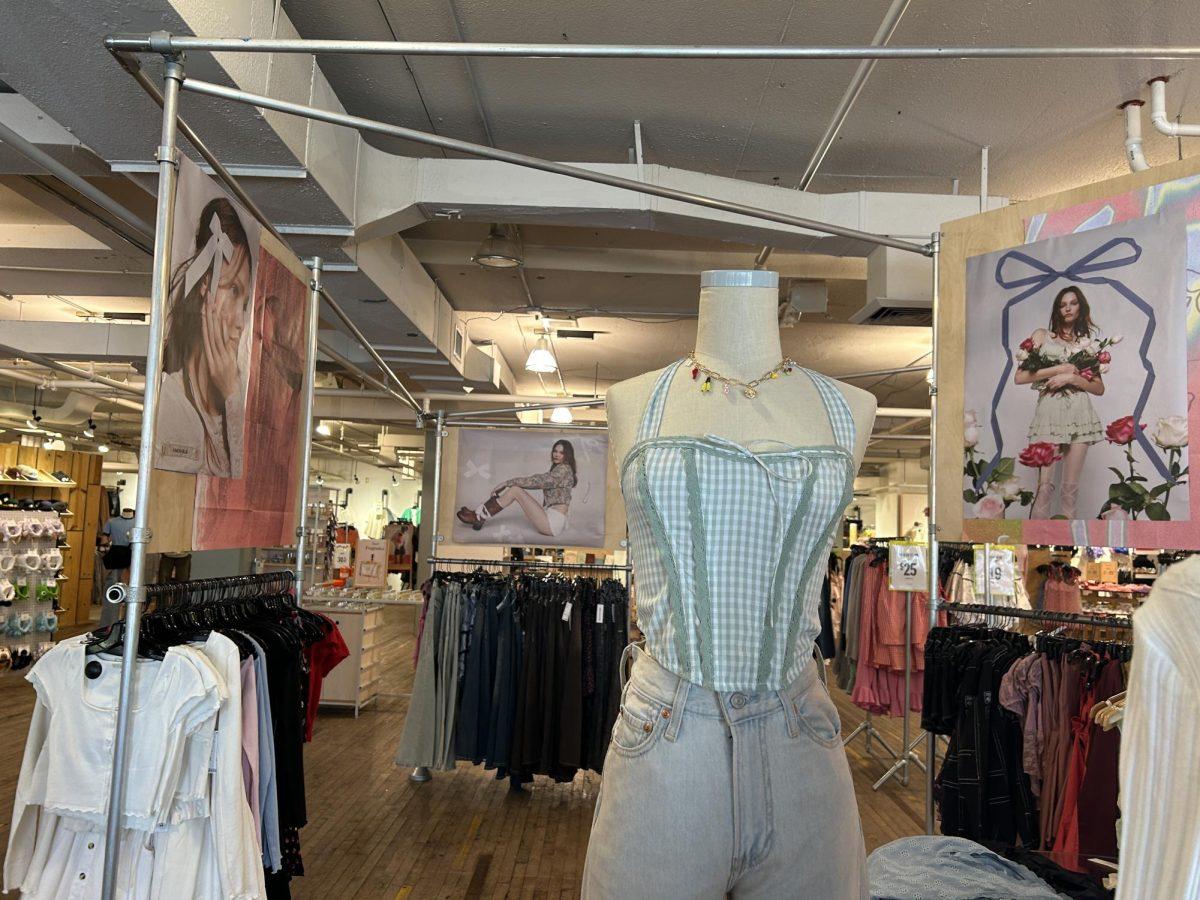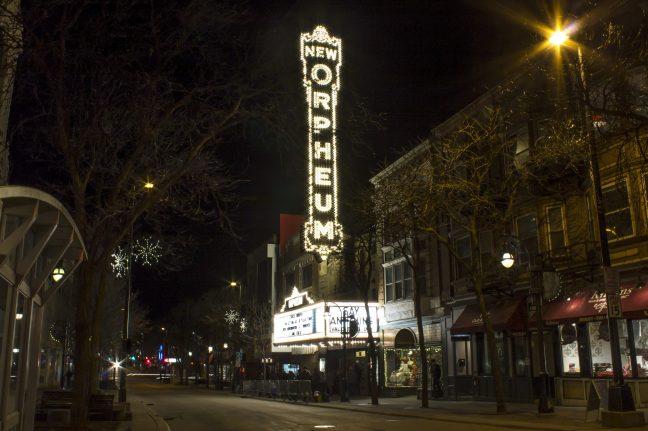As Midwesterners grilled their first brats of the ’60s, never would they have thought a new movement of American life was happening. It was underground, and not squeaky clean. It was also animated, an illuminated youth culture in response to the patriotic and bucolic atmosphere of the ’50s. Everyday life morphed into a world of drugs and psychedelic experiences.This world was the underground comix movement, which was a hazy trip through the world of ’60s radicalism, illustrated through the eyes of the new counterculture.
On Saturday, Underground Classics: The Transformation of Comics into Comix, 1963-1990 opened at the Chazen Museum. It is a two-room show consisting largely of the pieces collected by Dennis Kitchen, a member of the Midwestern underground comix movement. The show, which runs through July 12, was put on with the help of James Danky, faculty associated for the University of Wisconsin’s School of Journalism and Mass Communication.
At a presentation made by the two Friday, Kitchen said the Midwest had the second largest movement outside of San Francisco. However, this show is an overview of the movement from its humble beginnings in the early 1960s to its fall in the 1990s.
Some of Kitchen’s own work graces the exhibition windows. His first comic book cover, “Mom’s Homemade Comics,” illustrates his acidic attack on Milwaukee’s socially conservative and Polish South side. He presents his attack by employing vibrant colors and creating a critique of the ’50s life he grew to loathe. His drawing of two boys holding each other under the title “Sex” shows the artist’s rebellion against Polish South siders’ Catholic beliefs.
Art in the ’60s and ’70s involved a complex change of consciousness that was drug-induced and lavish, involving many strands of deep evocative thoughts regarding different social protests of the day.
One such protest was the Feminist movement, with some works in the exhibit created by the bold voice of Sharon Rudhal. Her piece, “Sex Welfare America,” made in 1975, projects the imagery of women subjected by America’s welfare system and matriarchal culture through images of women hired as sex slaves. Drawn suggestively, they are depicted as obviously providing sexual benefits for men. Although it sounds absurd, this imagery attacks the ’50s outlook that the woman’s sphere was her home and is a testament to a time period where femininity experienced revitalization through cartoon.
It is important to understand the ’60s experience was a change in consciousness, reflected in the stylistic components of the underground comix movement. The abstract free-form figures in “Pro Junior Comix” expressed the idea that the body and mind were free from the rigidity of suburban culture, which excluded drug usage.
Hopefully, Madison students will be able to recognize that the underground comix movement left a significant influence on how we look at the past. Understanding the past through print is important because as our newspapers still proclaim democracy today, these cartoons demonstrated ideas of social and political context that was a guide for understanding the ’60s counterculture. Or, as James Danky said, “We need to rethink who our grandparents were.”














